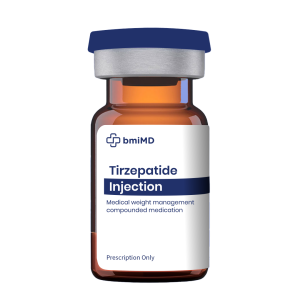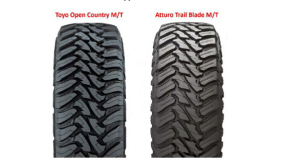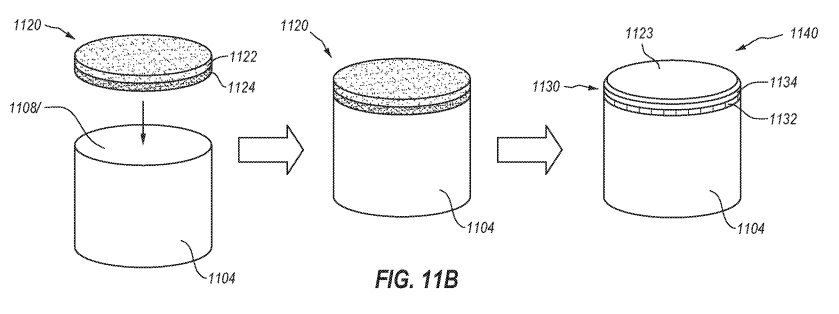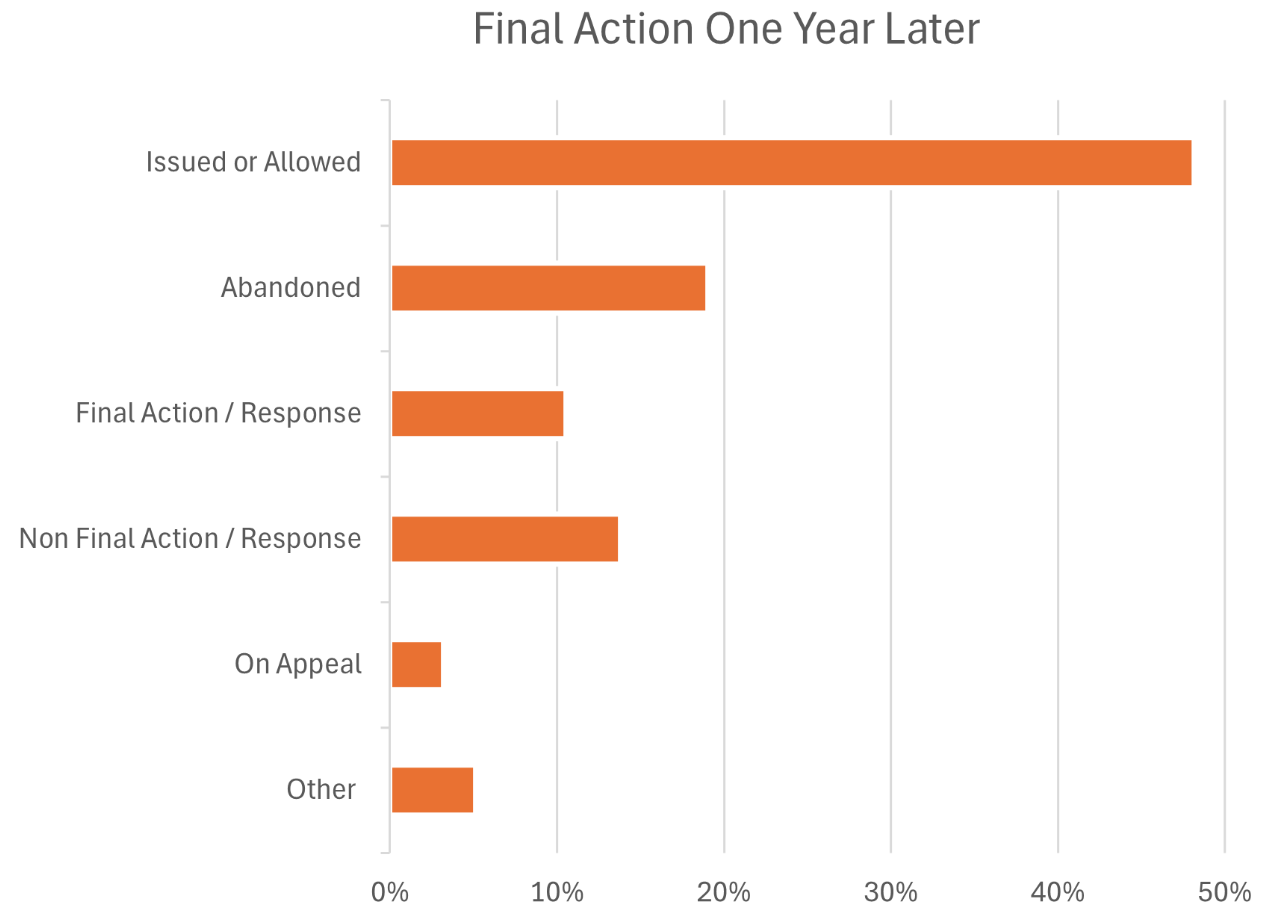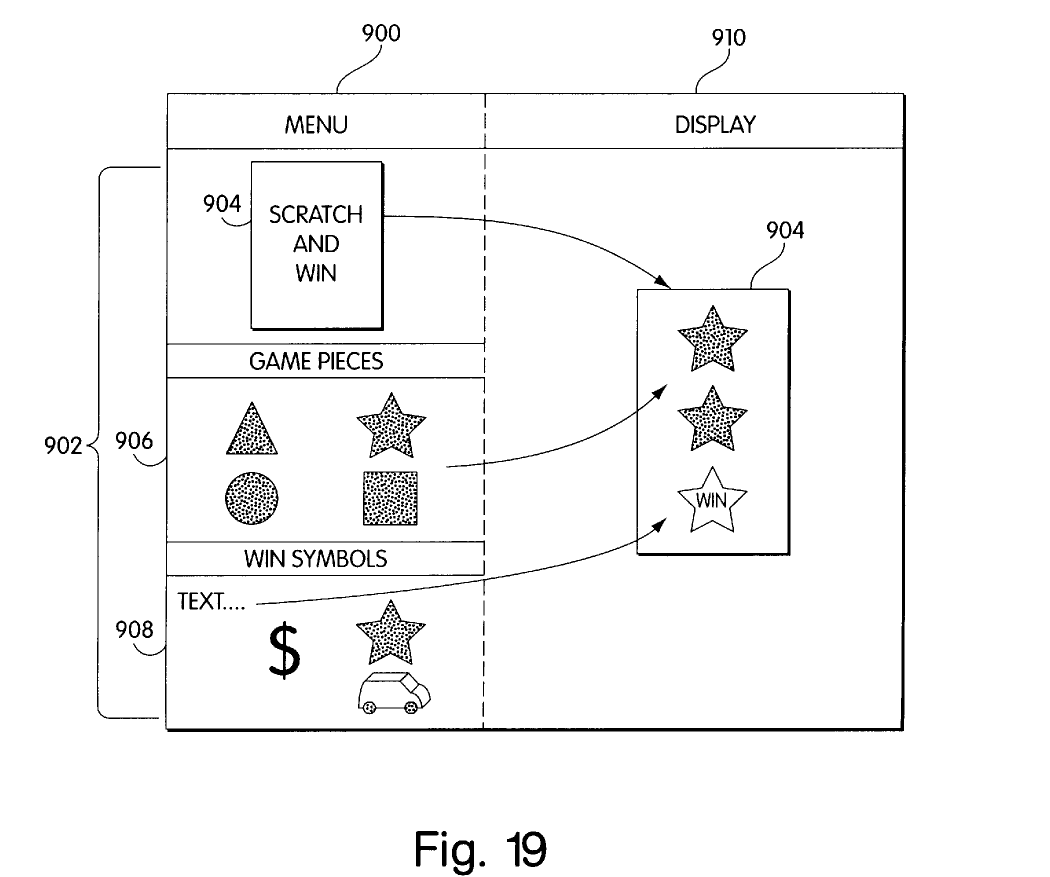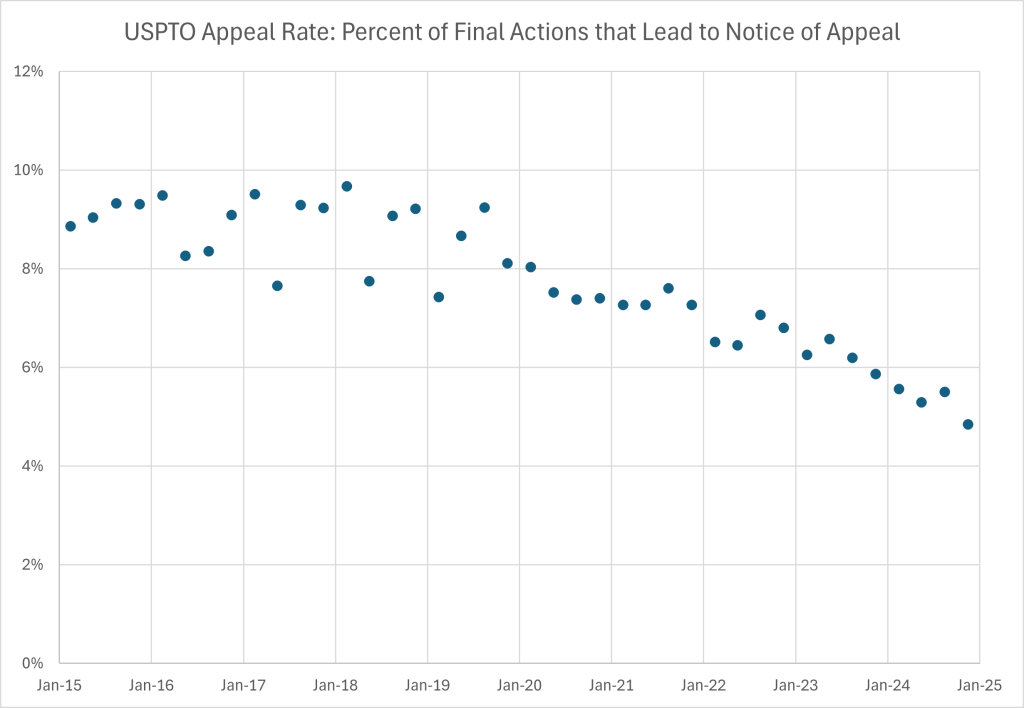by Dennis Crouch
Since late 2022, the extraordinary demand for glucagon-like peptide-1 receptor agonists (GLP-1s) like Eli Lilly's tirzepatide (marketed as Mounjaro for diabetes and Zepbound for weight loss) has created a persistent nationwide shortage. This shortage opened a temporary but lucrative opportunity for compounding pharmacies, which the Federal Food, Drug, and Cosmetic Act permits to produce copycat versions of branded drugs during officially declared shortages. In December 2024, the FDA abruptly determined that the tirzepatide shortage had resolved and removed these products from its shortage list, effectively terminating compounders' legal authority to produce these drugs. With the recent transition to the Trump administration—whose leader has repeatedly criticized pharmaceutical companies for "getting away with murder" on pricing and specifically targeted the cost of weight loss medications—I have wondered whether the FDA might reverse course under new leadership and side with compounders offering lower-priced alternatives. The FDA's new court filing indicates that the agency is standing firmly with patent holders and the drug approval system that grants market exclusivity. [FDA Brief ZepBound]
The compounding pharmacies have been providing much cheaper versions of the drugs and apparently different dosing regimens.
A number of plaintiffs sued the FDA in 2024, seeking a preliminary injunction to permit ongoing compounding. Outsourcing Facilities Ass'n v. U.S. Food & Drug Admin., No. 4:24-cv-00953-P (N.D. Tex. filed 2024). In its brief opposing the preliminary injunction, the FDA defends its data-driven conclusion that "Lilly's supply is currently exceeding demand and will meet or exceed projected demand across all strengths of Mounjaro and Zepbound." The FDA's determination relied heavily on confidential data provided by Lilly. I expect that this brief will effectively end the case for the plaintiffs, although they will likely continue to fight for some time.
To continue reading, become a Patently-O member. Already a member? Simply log in to access the full post.

